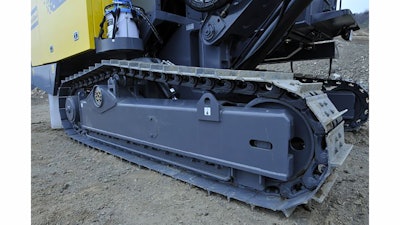
Daily maintenance checklists for most tracked equipment generally include pre-shift inspections of the tracks themselves and the track gear box. Operators who ignore these inspections are tempting fate.
Depending on the type of failure, it could take four to eight hours to fix a broken track and up to two days to remedy a final drive failure — if the parts are handy. Even worse, ignoring damage to a track gearbox can run anywhere from $15,000 for small machines up to $60,000 or more for larger machines, with associated costs and profit loss for two days’ labor and downtime.
The typical crawler rig’s pre-shift inspection includes track and track gearbox checks similar to those described below.
Check track tension: Monitor track sag. A track that is too tight increases the wear on both the front idle wheel and sprockets of the final drive. If it’s too loose, the track could fall off, damaging the lower rollers and bushings. Adjust them to measurements prescribed in the manual. This usually involves putting the rig up on lifts and gauging the distance between two reference points.
Investigate unusual noises such as grinding and popping. Be alert to any high whining noise, which could indicate insufficient oil.
Torque bolts/nuts: Use a common torque wrench to set bolt/nut tension. Correct bolt torque is generally 420 ft.-lbs. (+/- 50 ft.-lbs.), but always check the manufacturer’s recommendations. This secures them as tightly as possible without threat of having them break under normal operational stresses. Track pads can fall off or break the track rail if nuts are too loose. Final drives can become loose and leak oil, leading to environmental issues and, ultimately, partial seizure.
Maintain oil levels: Keep oil levels to owner’s manual specifications to prevent damage and to extend useful life. Service the oil on schedule — often prescribed for every 250 hours — and immediately upon discovering any leak.
Mitch Peltomaa works with Atlas Copco customers across all fields of mining equipment for large or small service contracts. He also uses various systems to create ideal parts lists for customers to have on hand.

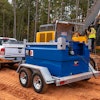


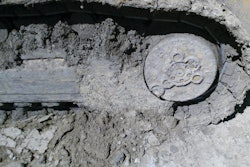
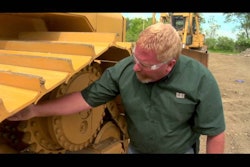
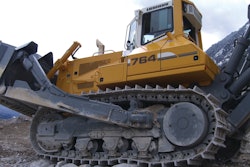










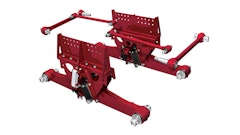
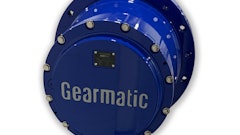
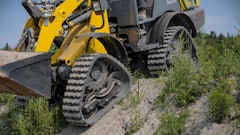
![Jd Anti Vibration Undercarriage System 1[2][2]](https://img.forconstructionpros.com/files/base/acbm/fcp/image/2021/08/JD_Anti_Vibration_Undercarriage_System_1_2__2_.6116b9ff490e9.png?ar=16%3A9&auto=format%2Ccompress&fit=crop&h=135&q=70&rect=9%2C2%2C701%2C395&w=240)